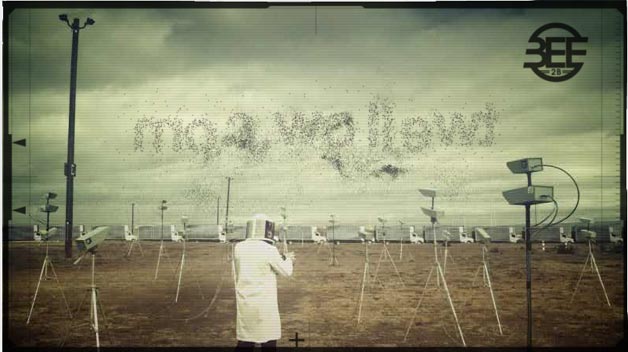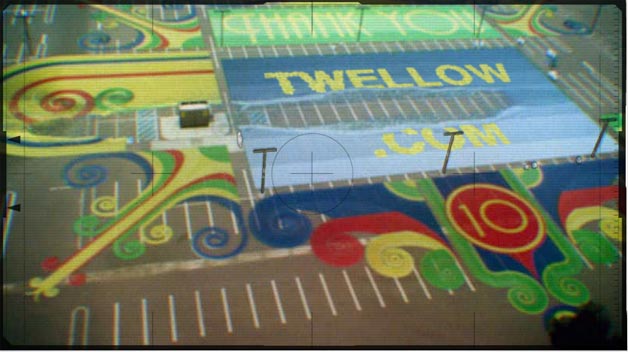A couple weeks ago, we reported that DuckDuckGo had followed its own blocking of content farms (like eHow) by promoting content from wikiHow. This begged the question: how much better is wikihow’s content? We had a conversation about that with Jack Herrick, founder of wikiHow (and one-time owner of eHow). In fact, we had a second conversation about that as well (look for an article on that soon).
We also had a conversation with DuckDuckGo founder Gabriel Weinberg. Part of that was about how DuckDuckGo differs from Google with regards to privacy. The subject then turned to search quality, content farm blocking, and the hard-wiring of select content to the top of the search results.
"Right from the beginning when we launched two and a half years ago, one of the main motivations for even doing the search engine in the first place was to remove what I would call ‘useless sites’ (I try to use the term ‘useless’, not spam – although I guess people take offense with both)," Weinberg tells WebProNews. "Most of it’s algorithmic, so we crawl the web a lot, looking for these sites that just have ads on them basically…Demand Media is on a little different category, where they do have content on their sites. It’s just lower quality content on average. So for those type of sites – these big content farms, which are generating very low quality content, I sort of waited to see user complaints about it, and then do investigation myself."
"In this case, right from the beginning, I was getting lots of complaints about eHow and the other sites," he continues. "Eventually, I started looking into it, and there’s lots of well-documented articles where people who have worked for Demand Media in the past, and who no longer work for it, and have written up their experience and evaluations of the content, and there are some high quality pages for sure, but there’s a lot of really low-quality, inaccurate stuff, and there’s so much out on the Internet now, that when you block something like eHow, users don’t even notice."
"All they notice is that ‘you’ve got better results,’" he adds. "So it’s a pretty easy decision to make at that point from our perspective. From Google’s perspective it’s a lot harder because they can get in trouble…they’re under government scrutiny, and all sorts of things. They can get in trouble for censorship…it’s much easier for a startup to do it (like us) than it is for Google."
He then explained the reasoning for the wikiHow "hard-wiring" (which by the way is the phrase wikHow has been using to describe it).
"We have this concept, which I mentioned, of zero-click info, which really shows a box above the results when you match the topic exactly," Weinberg explains. "It’s not really hard-wiring the first result. It’s more like above the first result, there’ll be this box occasionally that gives you instant answers. We’ve done this with literally 40 sources at this point. Wikipedia is the biggest, but we also do CrunchBase, Wikia – all sorts of high quality wikis that have good content and spam under control. So Wikihow is really just our 40th source of one of those."
It is an interesting one, however, considering it comes from the previous owner of eHow.
"The reason why they’re better is that they’re more akin to Wikipedia, where they have this good process of user-generated content, where spam is kept down, and they have editors look at things, and generally they have a lot less pages than eHow, and their pages are a lot more high quality. So it just make sense to when you search for something…you get this information right at the top of the results that says, ‘ok, this is how you do it.’ And it says ‘more at WikiHow’ if you want to see the whole article. Then underneath that, you’ll get regular results."
Weinberg says he hopes search engines will look more closely at these search quality issues.
"It’s definitely come to a turning point in the past couple months with you and other people reporting…the problem is it’s really hard to evaluate relevancy across search engines, so a lot of this evidence is all anecdotal," he says. "You have to give Google credit in that respect. They have their internal relevancy metrics, and we have ours, etc. but a lot of these articles are anecdotal, but they could hardly be anything else, because there’s no standard metric. I do hope that it gets more attention, and I do think that it has gotten more attention recently."
He says DuckDuckGO will continue to add more sources to the zero-click concept, the way it has added wikiHow. We’ll have more about wikiHow’s quality and editorial practices shortly, from a conversation with founder Jack Herrick.














